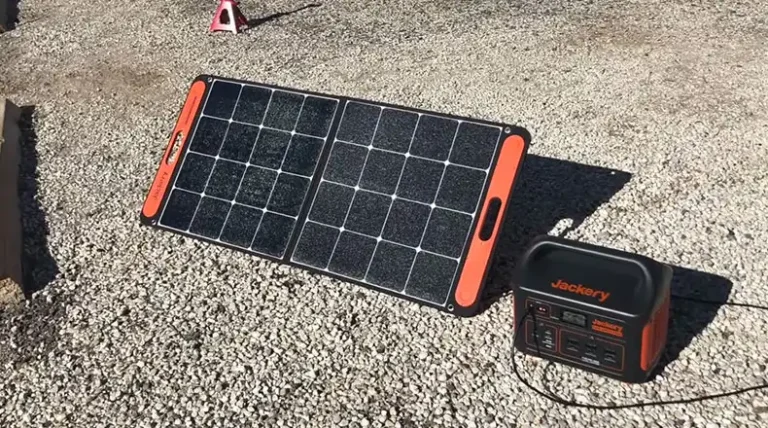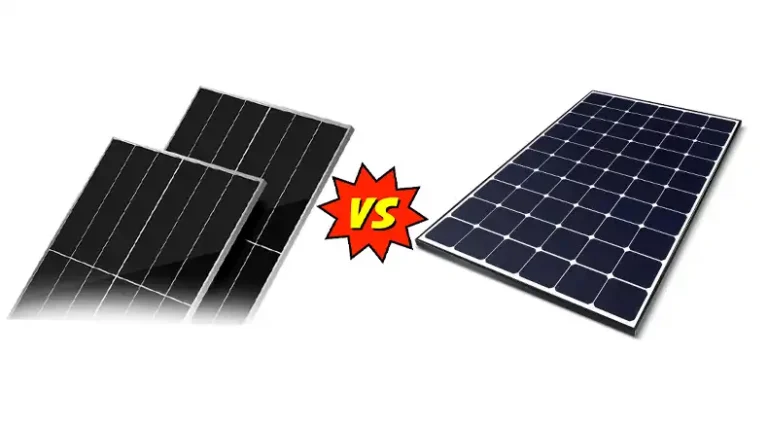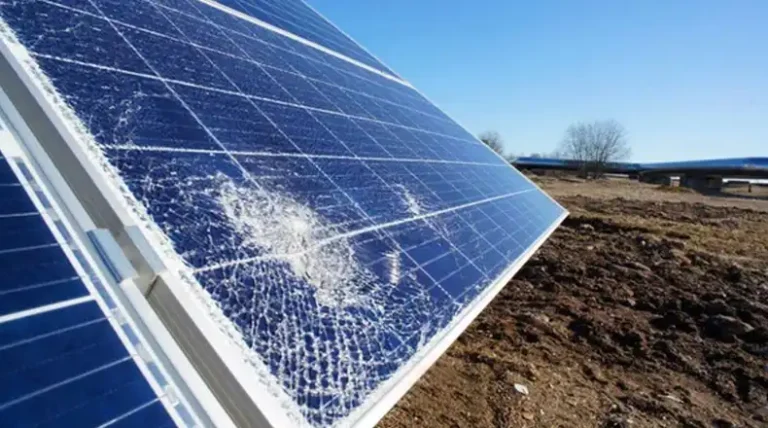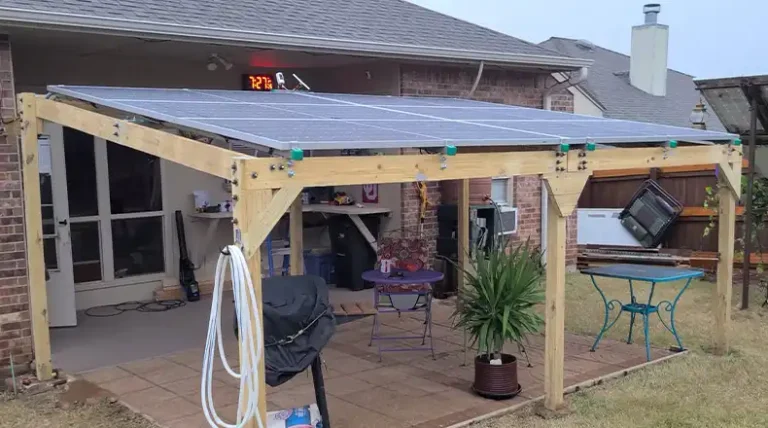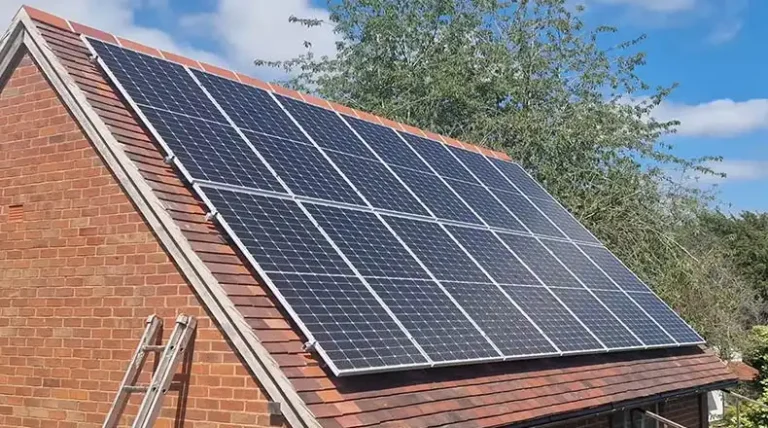How Many Solar Panels Do I Need for 3000 kWh Per Month? Easy Explanation
Having solar panels can help you to use renewable energy as electricity in your household or workspace. It can provide reliable and clean energy and by having a solar module, you can save bucks from your monthly expense.
Though the initial cost is higher and if you are looking for generating a higher power rate like 3000 kWh then you will need to pay more. That’s why before buying, it’s important to know the number of solar panels and it will save you from additional expenses.
For example, if you use 315W-rated panels for generating 3000 kWh in a month then you will require around 58 solar panels. In this article, we have briefly discussed and it will help you to learn and find the actual number of solar panels.

Factors that Can Differ the Number of Solar Panels
The number of solar panels can vary from state to state and the ratings of the solar panel. Here we have shared the list that can affect the number of solar panels you need to achieve 3000 kWh per month.
- Solar panel ratings.
- Duration of sunlight.
In the USA, in every state, you won’t get the same sunlight. In some states, you will get more than 5 hours of active sunlight and in some states, you will get less than 5 hours per day. For example, the number of solar panels in Michigan and California won’t be the same.
Another factor is solar panel ratings. There you will find different rated solar panels and each of them have a different type of energy conversion rate. Are you still with us? Please, don’t fall asleep as we are going to determine the solar panel numbers in the next segment.
Number of Solar Panels You Will Need for 3000 kWh Per Month
As aforementioned, the solar panel’s number can vary from state to state and the size of it. For example, we have chosen Arizona as the place for installing solar panels and there you can have on average 7 hours of sunlight for panels, and we have taken 400W-rated solar panels. Now, let’s determine the solar panel’s number.
A 400W-rated solar panel can produce (7 X 400) ÷ 1000 = 2.8 kWh/day if it can get sunlight for 7 hours. So, per month, this panel can provide 84 kWh.
The solar panel doesn’t have 100% efficiency. Due to various factors, it can have around 20% to 25% energy loss. And for this, you will need to take into account solar panel loss.
Let’s say, the 400W-rated panel has an energy loss of 25%. With the 25% energy loss, this panel will provide [84 – (84 X 25%)] = 63 kWh per month.
So, the number of Solar panels you will need = Total kWh per month you needed ÷ kWh you can get from a single panel
= 3000 kWh ÷ 63 kWh
= 47.62 Nos. of panel ≈ 48 panels.
At an area of 7 hours of active sunlight, you will need 48 400W-rated solar panels to get 3000 kWh in a month.
By following this method, now you can determine the number of solar panels without any issues. Just you will need to change the sunlight time and the solar panel rating.
Here we have provided the number of panels for common different rated panels and sunlight duration.
| Solar Panel Ratings | 4 hours of peak sunlight | 5 hours of peak sunlight | 6 hours of peak sunlight |
| 100W | 334 | 267 | 223 |
| 200W | 167 | 134 | 112 |
| 300W | 112 | 89 | 75 |
| 400W | 84 | 67 | 56 |
| 500W | 67 | 54 | 45 |
FAQs – Frequently Asked Questions and Answers
How many solar panels needed for 3000 sq ft?
On average, a 3000 sq ft home needs around 1150 kWh to 1200 kWh per month. To reach the requirement, you will need around 30 solar panels but this number will depend on the solar panel rating and the active sunlight time. You may require more than this or less than the mentioned solar panels number.
How many kWh does 1 solar panel produce per day?
It will depend on the type of solar panel and the peak sunlight duration in your area. If you are using a 500W-rated solar panel with 6 peak sun hours then you will get 3.5kWh per day.
Conclusion
To conclude, the number of solar panels is totally dependent on the solar panel type and active sun hour duration. If you have a high-rated panel with higher sun duration then you will need less on the other hand, if you have a low-rated panel with less sun hour duration you will require more. By following the formula that has been stated in the upper segment, you can determine the number by yourself with ease.

